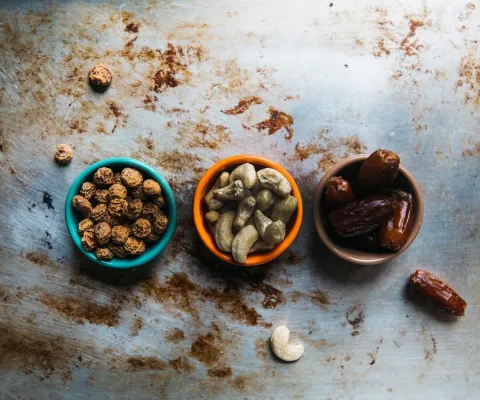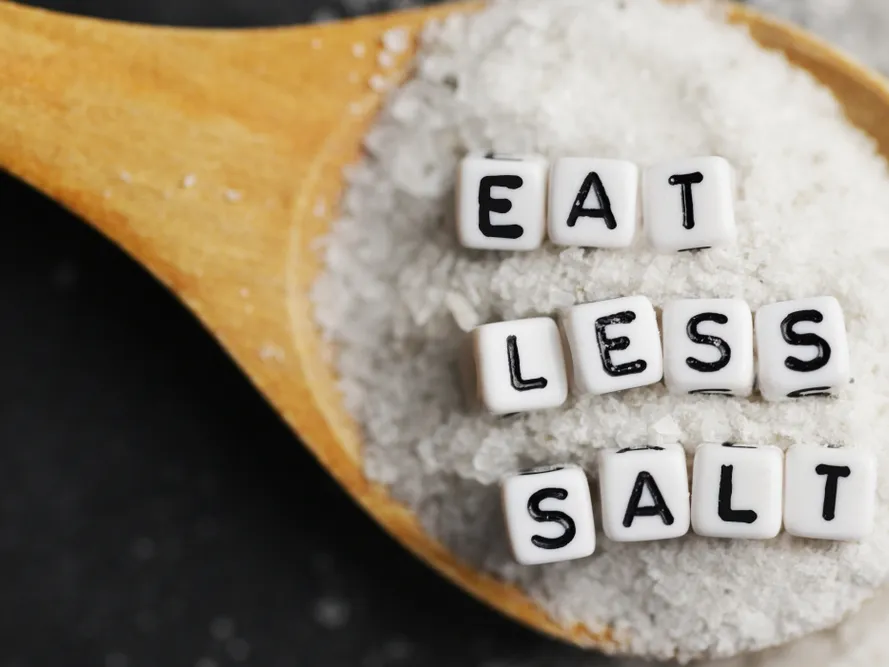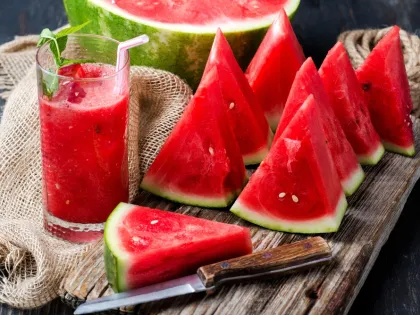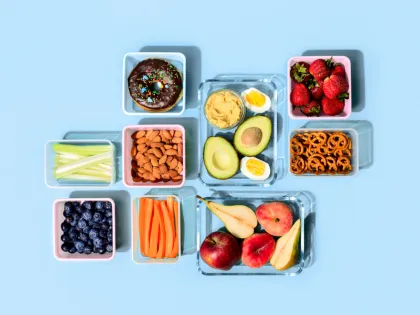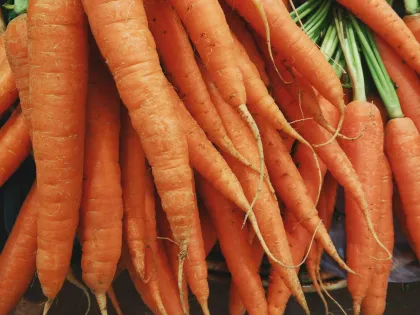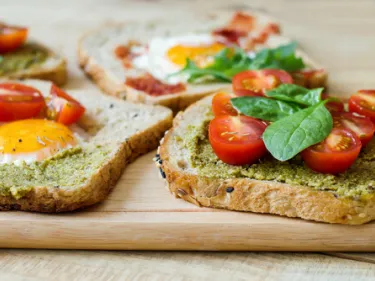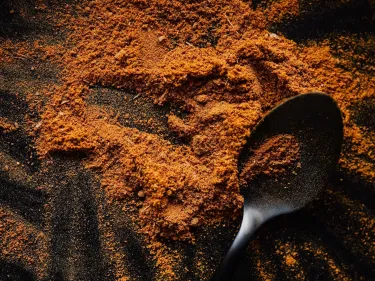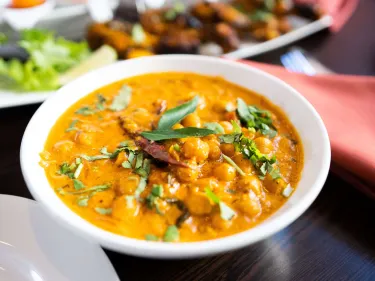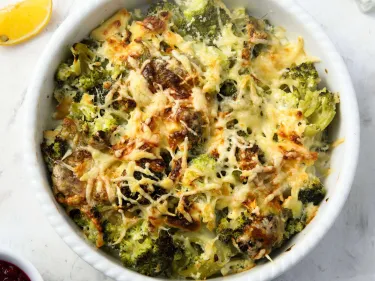Salt is made up of two chemical elements, sodium and chloride. High intakes of sodium are linked with an increased risk of kidney disease, high blood pressure, heart disease and stroke. A dose response meta-analysis reported cardiovascular disease risk increased up to 6% for every 1g increase in dietary sodium intake per day.
In Australia the Suggested Dietary Target for sodium is 2000mg/day for adults. This suggested target includes the sodium that people get from foods with naturally occurring sodium, sodium added during processing, and any added during cooking or at the table. Processed foods, including processed meats like ham, salami and devon, chips, takeaway foods, and also sauces, spreads and condiments are often high in sodium. Most Australians consume twice the recommended amount of sodium per day. In Australia, whilst processed foods contribute about 38% of average daily sodium intakes, core foods like bread and margarine still contribute the biggest proportion (62%). This means that we need to eat less processed foods AND purchase salt-reduced products to help reduce total sodium intakes.
Why are foods high in sodium?
Before fridges, the only way to preserve foods was to salt them. This meant bacteria would then not grow in the food and it increased the time it took for that food to spoil. Sodium also enhances food flavors, which is why high salt food taste yum! Additives high in sodium include monosodium glutamate (MSG), chicken salt as well as products such as spice mixes such as Mexican or all- purpose seasonings, and pre-prepared sauces. It can also mask bitterness or sweetness meaning that sometimes, you do not even know that it (or things like sugars) are there. In cooking processes such as bread making salt is used as a raising agent.
Eating foods high in sodium often, or habitually adding salt to meals and cooking means you develop a higher tolerance for salty foods, or that foods taste bland without it. The good news is that you can gradually reduce your sodium intake.
Check out the difference in sodium in these foods:
Food high in Sodium |
Amount of Sodium per serve (average) |
Lower sodium Alternative |
Amount of sodium per serve |
Processed meats e.g. ham, bacon, sausages. |
1 x 50 g serve ham = 790 mg |
Chicken breast |
1 x 50 g chicken breast, grilled = 22mg |
Snack foods e.g. biscuits, potato crisps, muffins |
1 x Fruit muffin (85g) = 300mg |
Raisin toast |
2 x raisin toast (28g) = 118mg |
Takeaway foods e.g. piece, sausage rolls, pizza |
1 x serve pizza (300g) = 1497mg |
1 x Sandwich press pizza = 219mg |
|
Canned foods |
1 x serve of soup (200g) = 560mg |
Salt-reduced canned foods |
1 x salt reduced canned soup (200g) = 260mg |
Savoury cooking sauces (e.g. pasta and stir-fry sauces), condiments (e.g. tomato sauce, mayonnaise) and stocks |
1 x cup chicken stock (250mL) = 886mg |
Salt-reduced chicken stock |
1x 1 cup salt reduced chicken stock (250mL) = 268 mg |
Pre-made Mexican spice Mix |
1 x serve (6.5g) pre-made Mexican spice mix = 467mg |
Home made Mexican spice mix |
1 x serve (6.5g) homemade Mexican spice mix = 120mg |
Try these tips to reduce your sodium intake!
- Eat less processed foods - Buy less ham and salami and swap processed sandwich meat for egg or tuna and salmon canned in water.
- Choose salt reduced. Salt-reduced versions of many foods, including canned foods, packet seasonings, sauces, table spreads, breads and breakfast cereals are now readily available in the supermarket.
- Cooking tip: When using stocks, use half the recommended amount and dilute the rest with water.
- 'Hold the salt'. Ask to ‘hold the salt’ on takeaway foods, café, club and restaurant meals or reduce how much, and how often you eat them. Don’t add salt to cooking water. Hide the saltshaker and taste before you shake.
- Spice it up by using herbs and spices to add variety and flavour to meals. Replace store bought seasonings and packet mixes with homemade combos. This can help save money too.
- Studies show that fresh herbs and spices have antioxidant properties and health benefits including supporting heart health and reducing inflammation.
- Cooking tips: Crush or rip fresh herbs to maximise flavour. Add fresh herbs at the end of cooking to help pack a flavour punch.
- Cooking tip: Dried spices work best when added before or during the cooking so be sure to let it simmer to ensure all the flavour is released.
- Studies show that fresh herbs and spices have antioxidant properties and health benefits including supporting heart health and reducing inflammation.
- Onions and garlic are versatile ingredients to have on hand. They are part of the allium family which includes shallots, chives, brown or red onions. Each one brings a different flavour!
- Cooking tip: The longer onions and garlic simmer or sauté the more enhanced the flavour can be within the dish.
Here are some of our favourite combinations to use instead of salt:
- Ground cinnamon and nutmeg onto porridge, cereal, or French toast
- Paprika, rosemary or thyme on potatoes and roasted vegetables
- Turmeric, cumin, and pepper mix for a Thai green curry!
- Chilies or ginger to savoury dishes and stir-fries.
- Citrus juice or zest with fish, chicken, salad and vegetables, as well as dips such as tzatziki or lime - chilli yoghurt marinade.
The bottom line
A preference for salt is learned. Research studies have shown that as you reduce your salt intake your taste buds adapt and your preference for salty foods reduces. There are endless ways to add flavour. Check out the recipes on our NMNT website.
